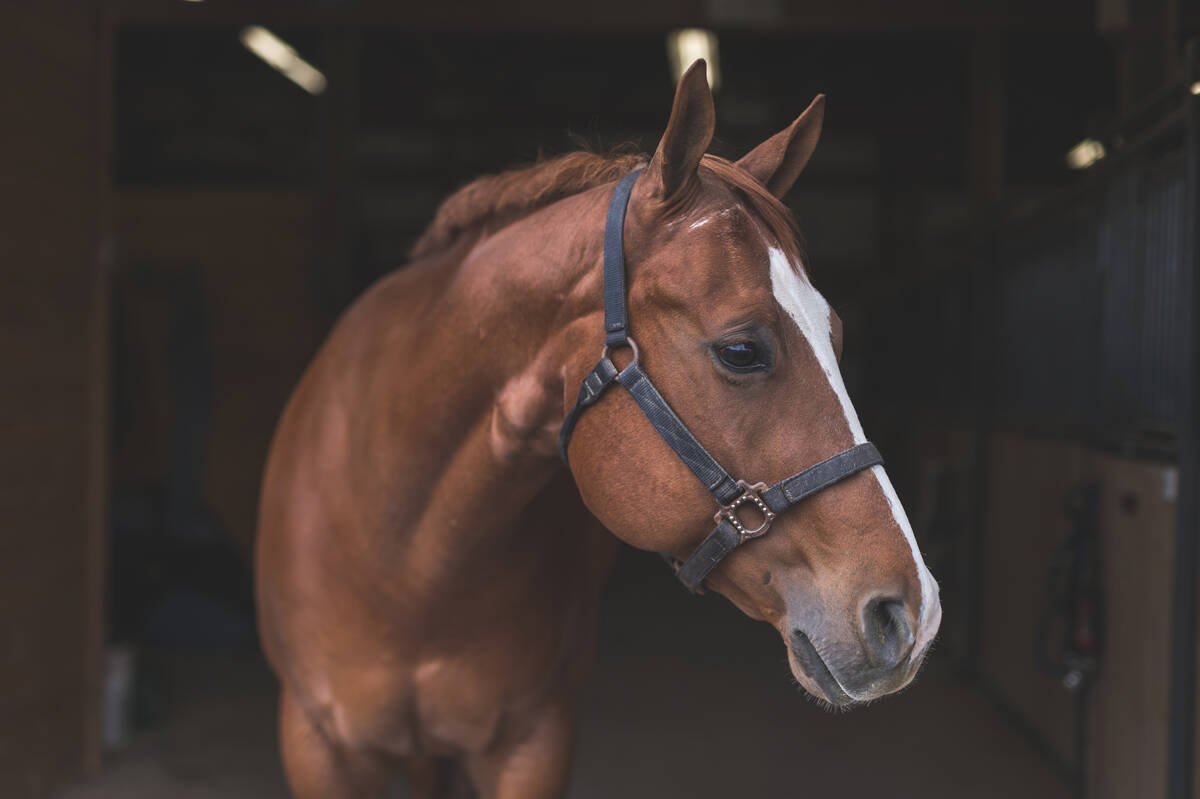Gord Schroeder says sheep are intelligent animals and their behaviour becomes a lot less frustrating when you understand what triggers their actions
Sheep aren’t stupid — just misunderstood.
The woolly animals are as intelligent as pigs and cows, and if you understand how they relate to stimuli, they’re much easier to manage, Gord Schroeder said at the recent Alberta Sheep Breeders Association conference.
“If you’re working with sheep and you want them to do something, change the environment,” said Schroeder, executive director of the Saskatchewan Sheep Development Board and a 28-year veteran of the sheep industry.
“When they are doing something, they are responding to something. You need to figure out what the response is and what they want.”
Read Also

Canada’s slaughter horse industry lacks transparency
Horse slaughter is a fraught issue right now in the Canadian livestock sphere. The author writes that, while it has a role, traceability, transparency and humane handling must be in play.
Sheep are highly social, so ones that isolate themselves from the flock may have health issues. Knowing their flight zone and understanding their instinct to move towards other sheep makes herding less stressful for both animal and shepherd. Chutes should be designed so they only see others moving forward in front of them, and sheep will avoid areas that are in shadow or poorly lit.
“The easiest way to move sheep is to put your chute in a direction that is facing the outside lit area,” said Schroeder. “They will work much better that way.”
Sheep respect solid barriers, and will not jump plywood or panels. They bunch up to protect themselves, so it’s best not to have corners in chute systems or alleyways, and they don’t like it when the flooring texture changes, so it should be consistent, said Schroeder, who said he finds gravel or straw bedding is superior to concrete flooring.
“If it changes, they will stop moving or balk,” he said. “Every time something changes in your chute system, they will stop and examine it before they continue to move.”
When grazing sheep on grass, Schroeder uses an electric fence about 18 inches high, decorating it with ribbons to pique the sheep’s curiosity. One touch is usually sufficient as they have good memories, he said.
Other factors to consider is that sheep have excellent hearing and are therefore very sensitive to loud noises, and they have lousy depth perception, so even a puddle can make them balk as they’re not sure how deep it is.
If a newborn lamb needs to be warmed in a bath, then Schroeder always places the animal in a plastic bag so its mother will recognize its scent. A mother can be tricked into adopting an orphan by smearing a stool from one of her lambs on the orphan’s rear end, and then preventing the ewe from smelling the tail of her own lamb for a couple of days. After two days in an extension pen, she will usually accept the orphan because of the similar scent.















